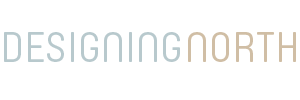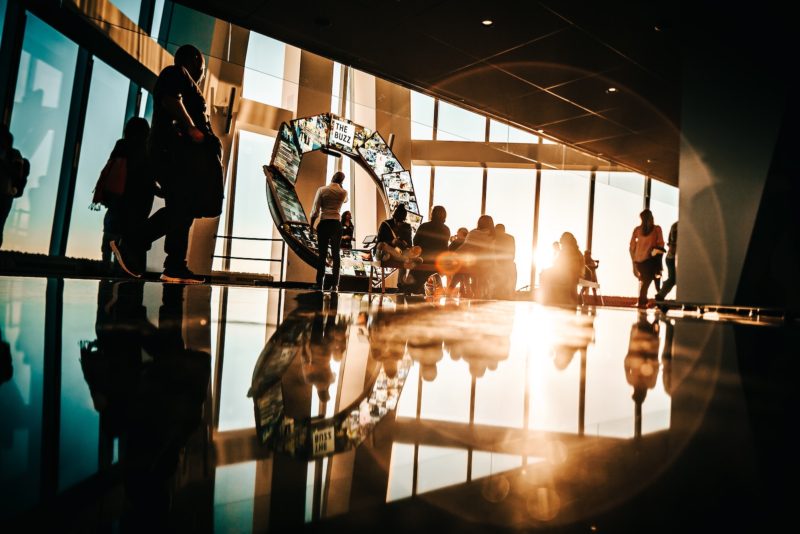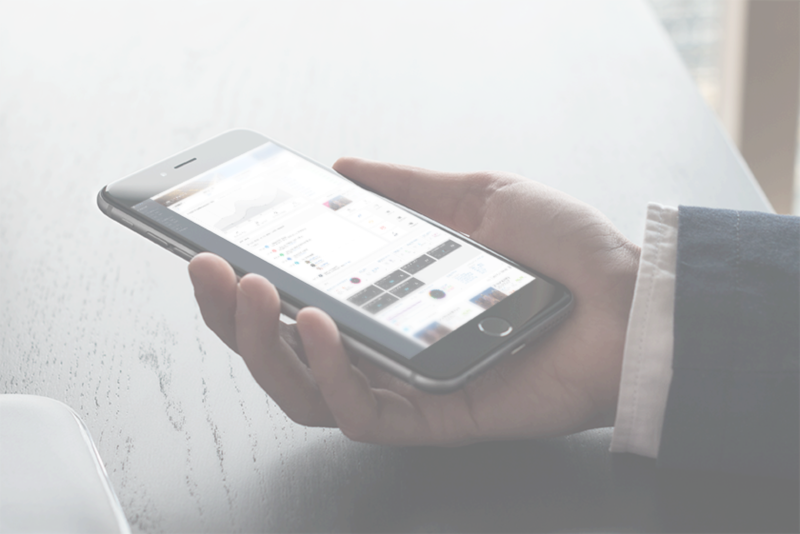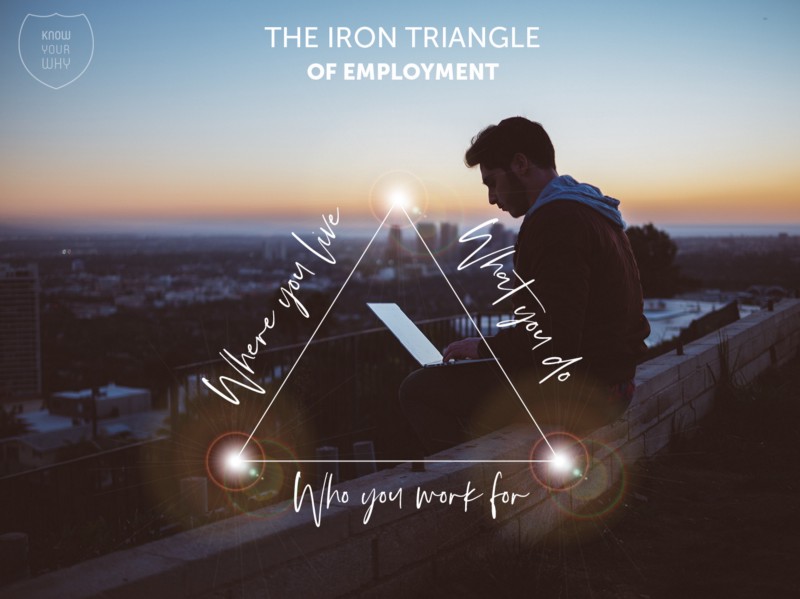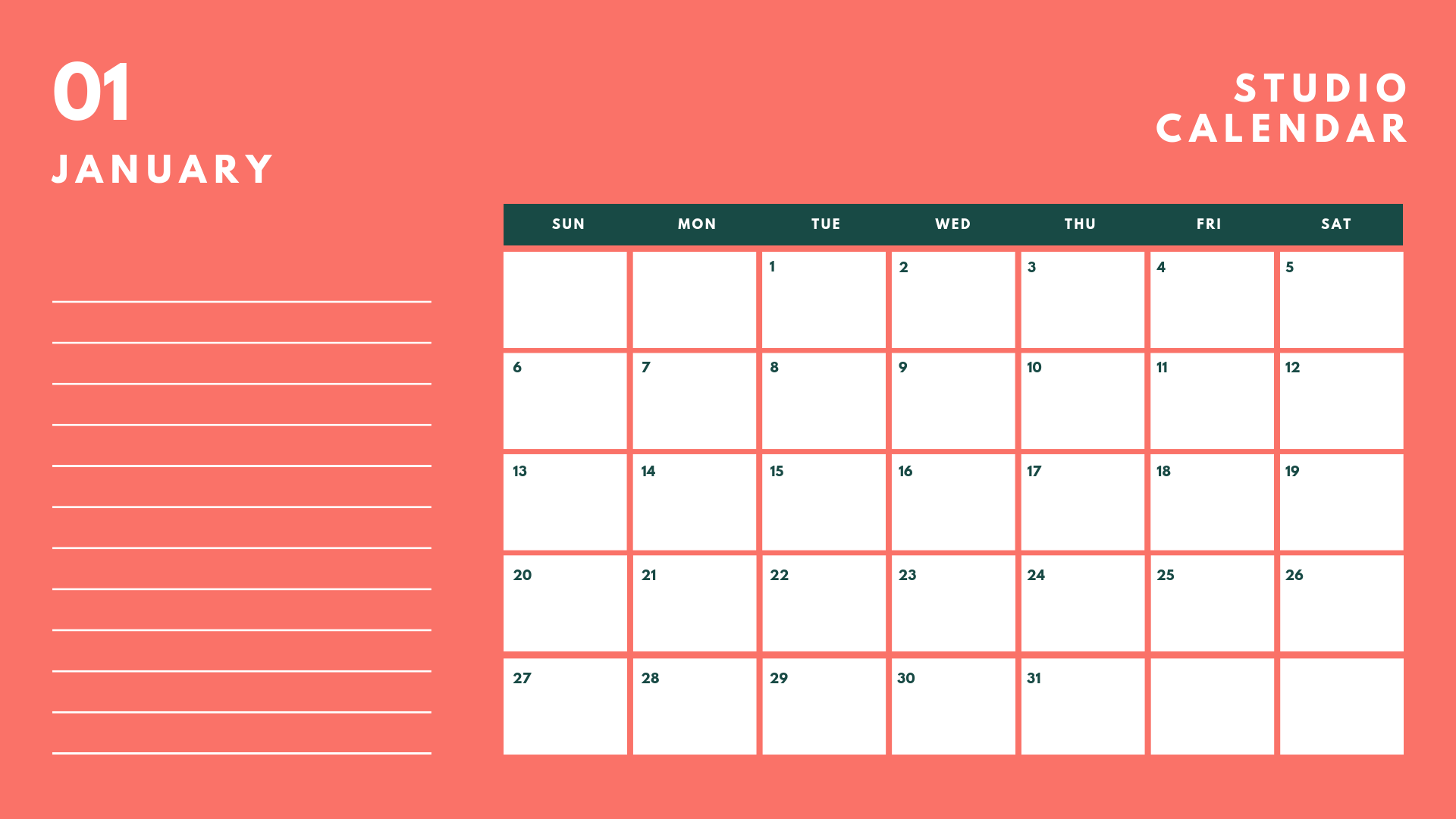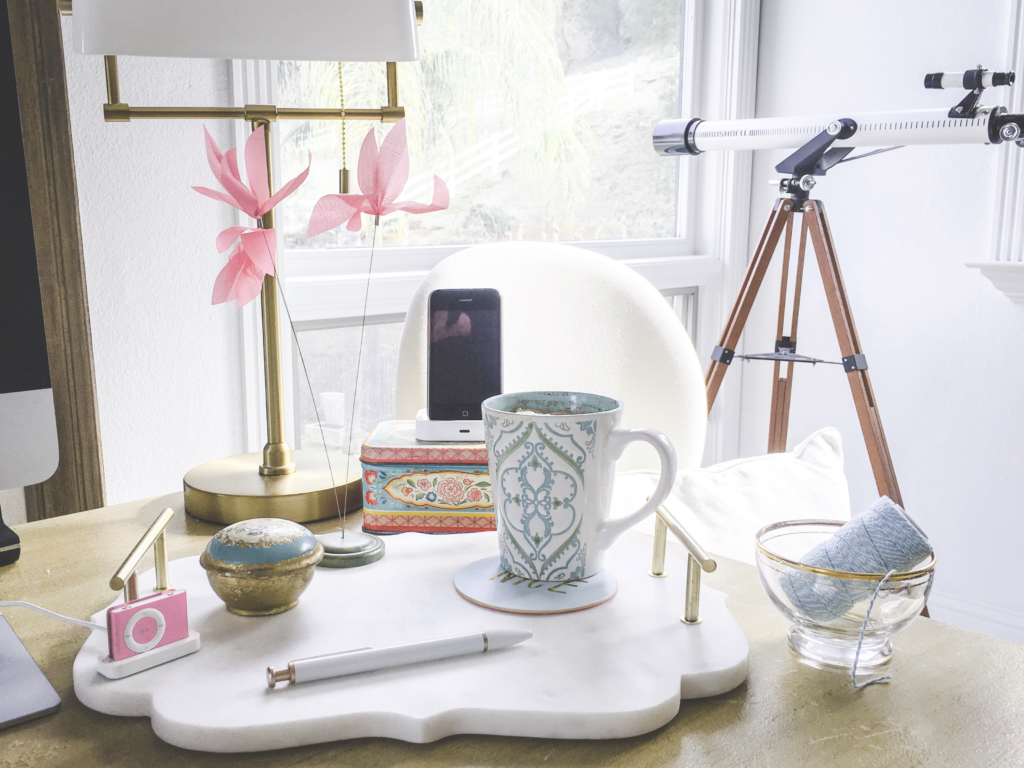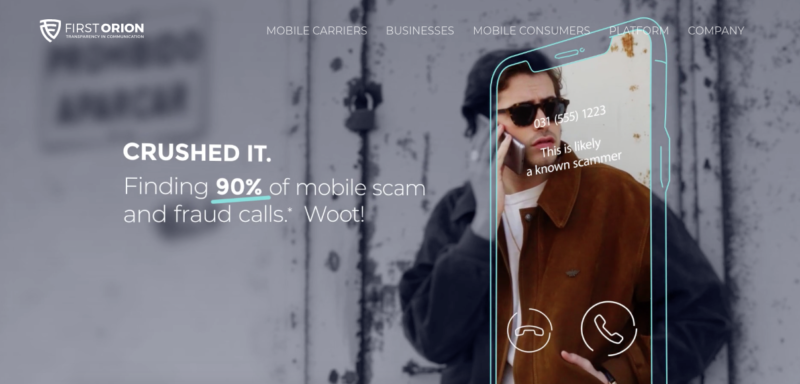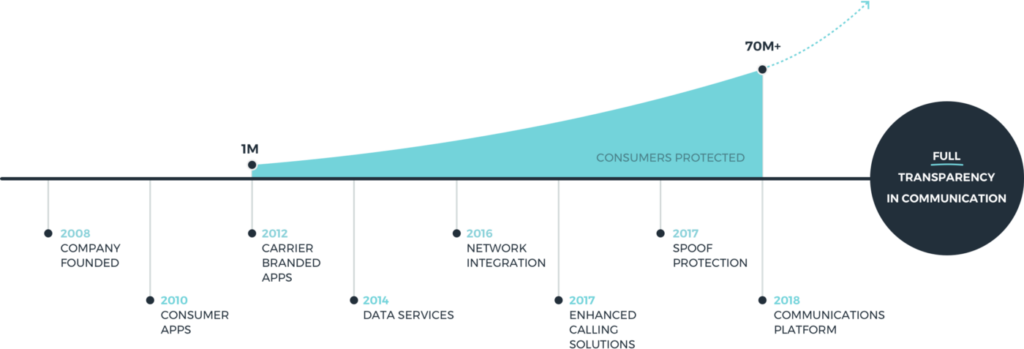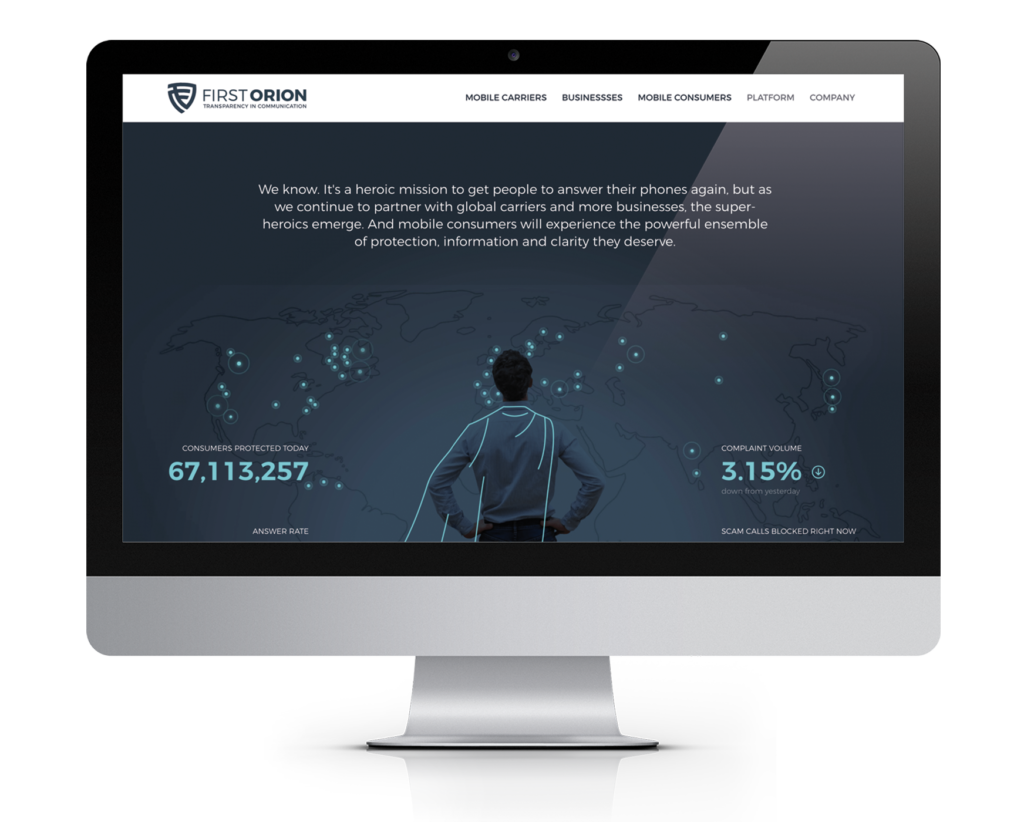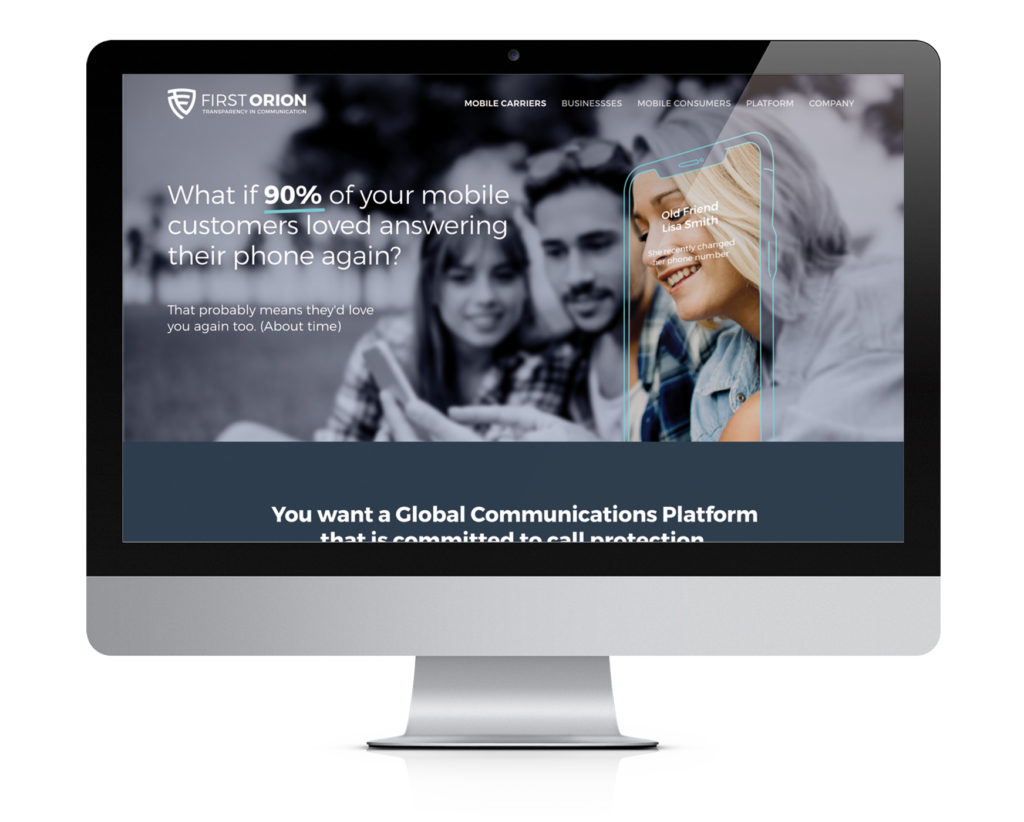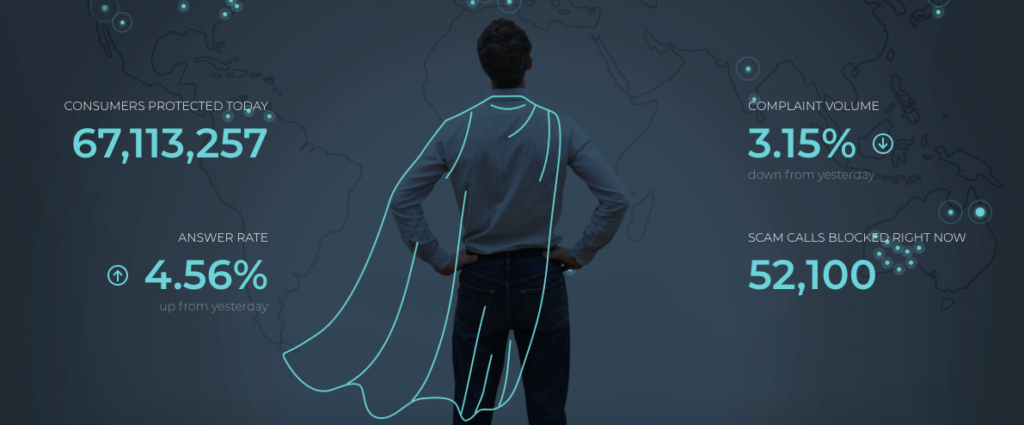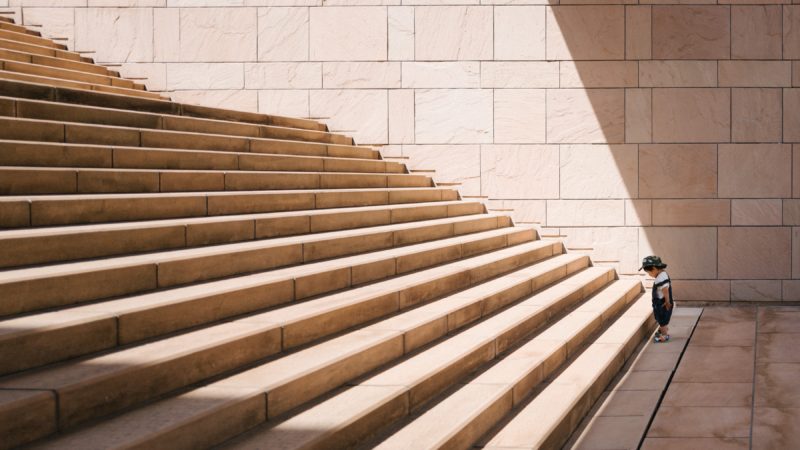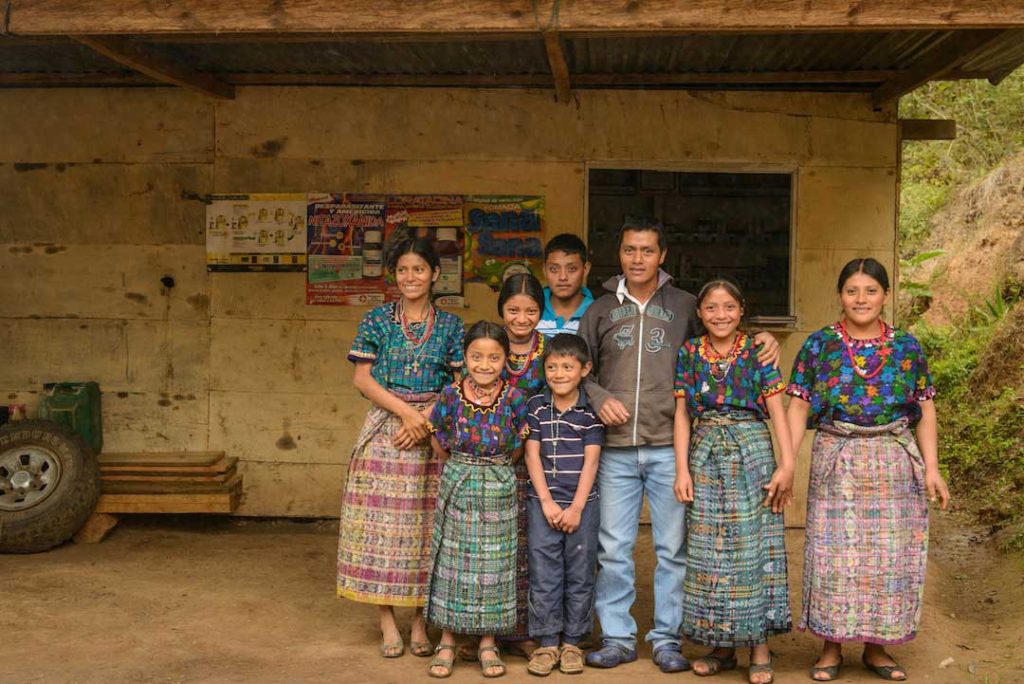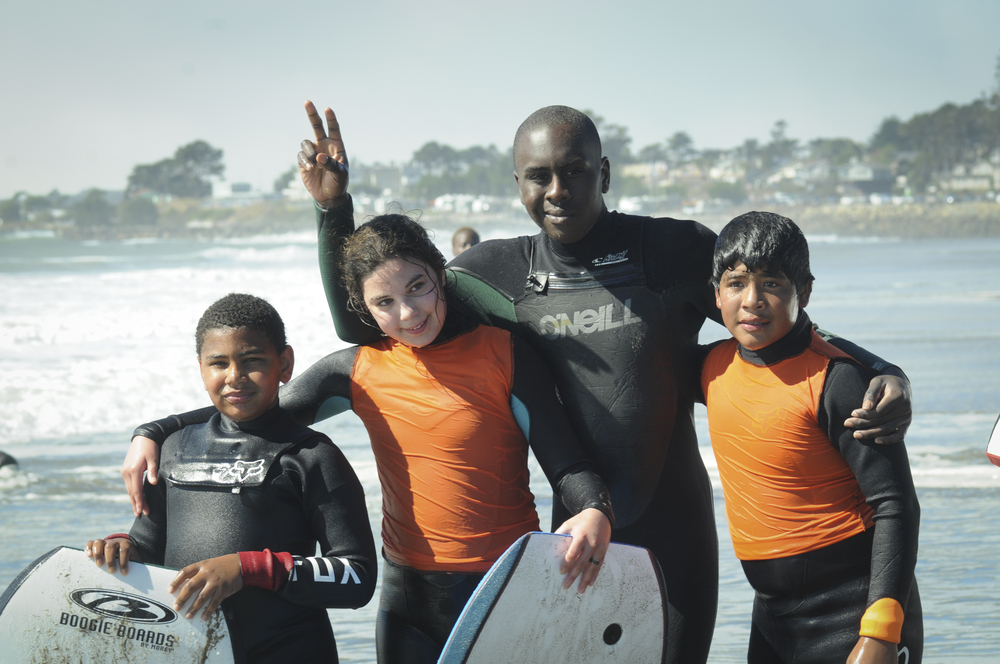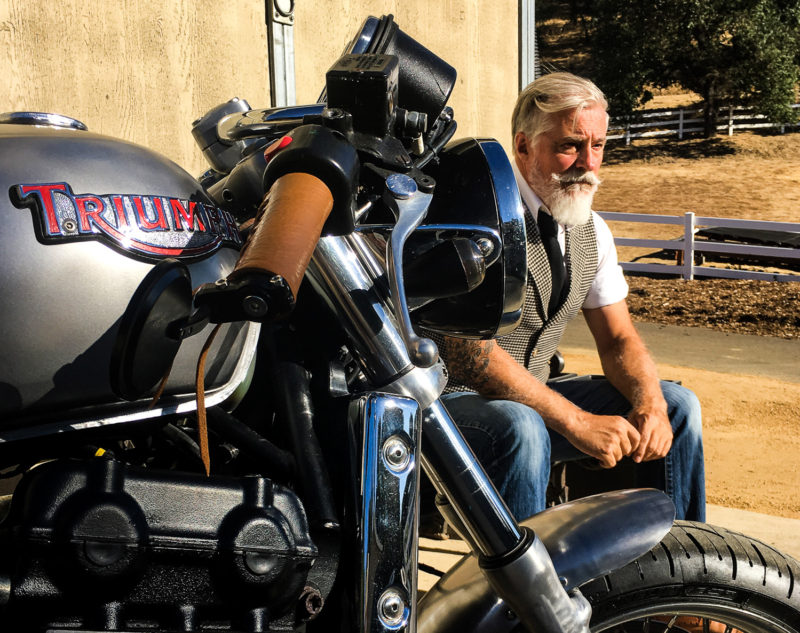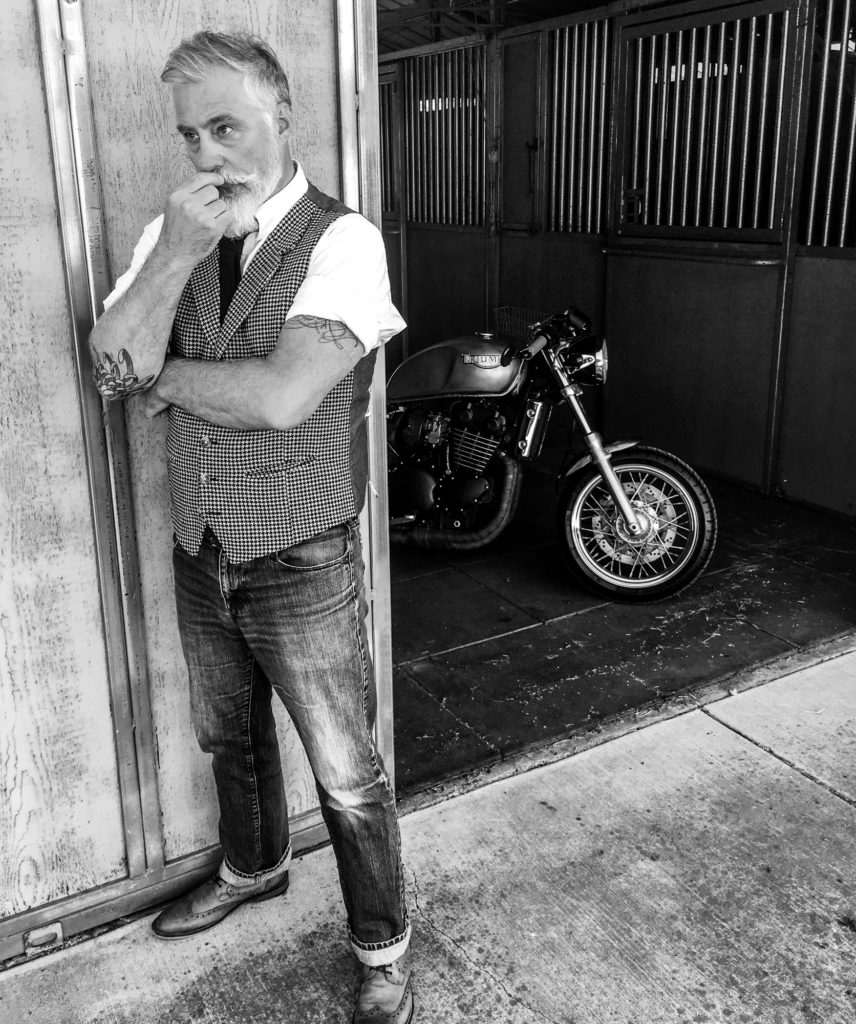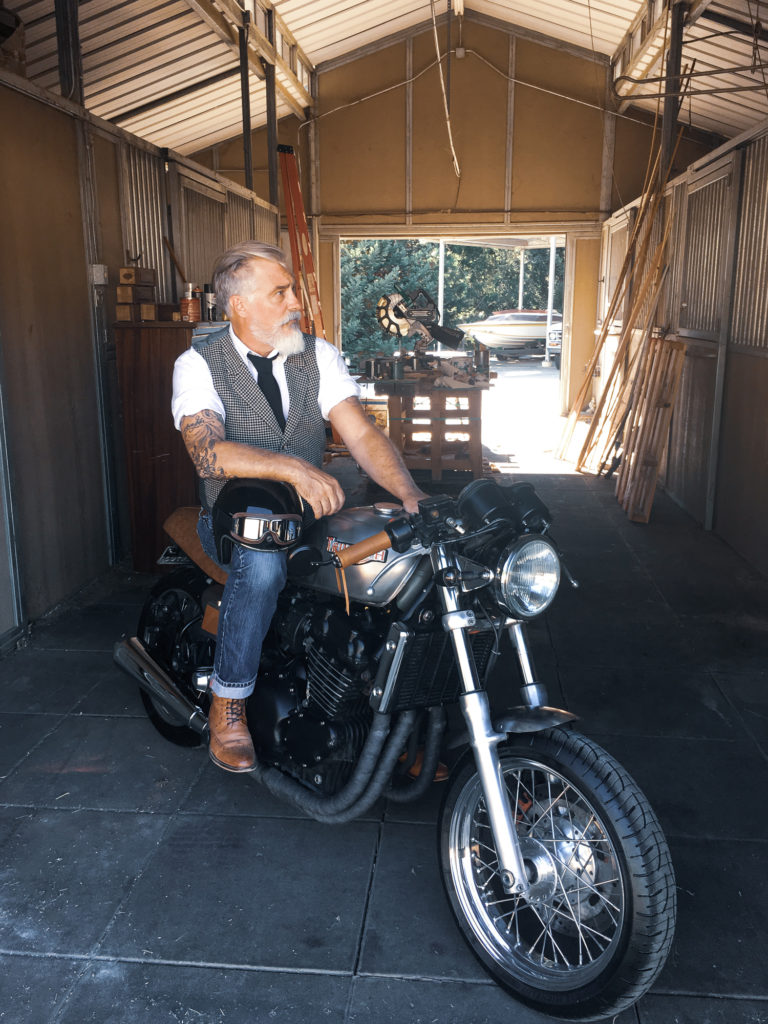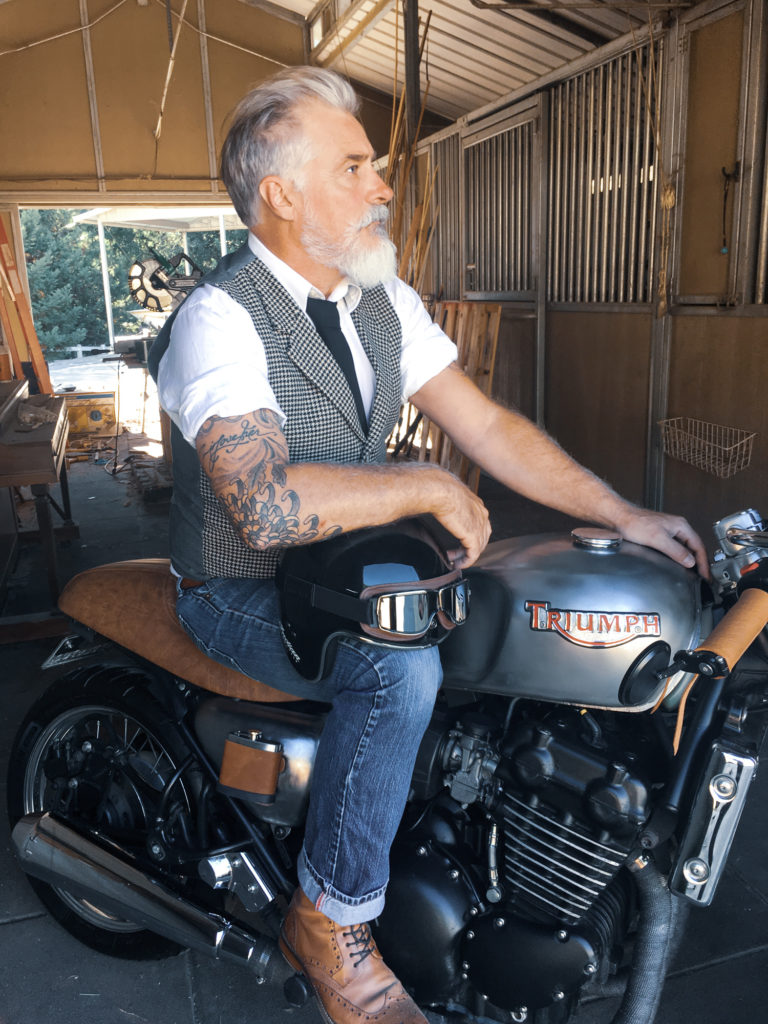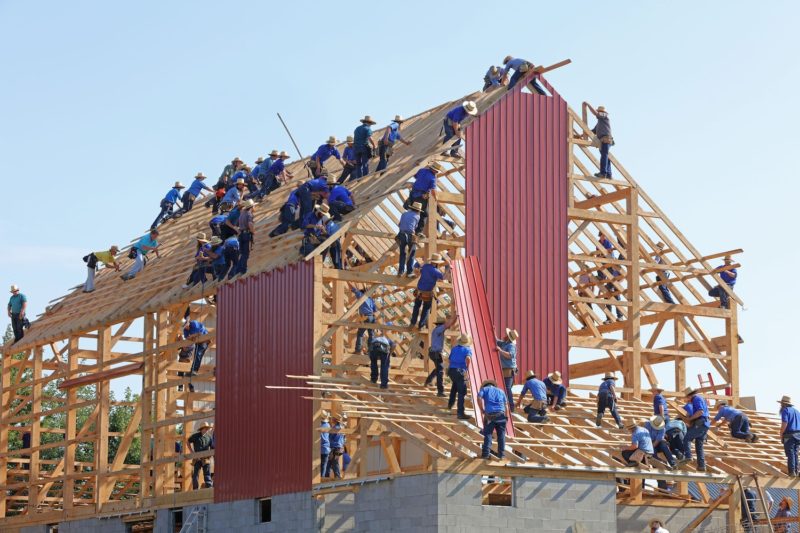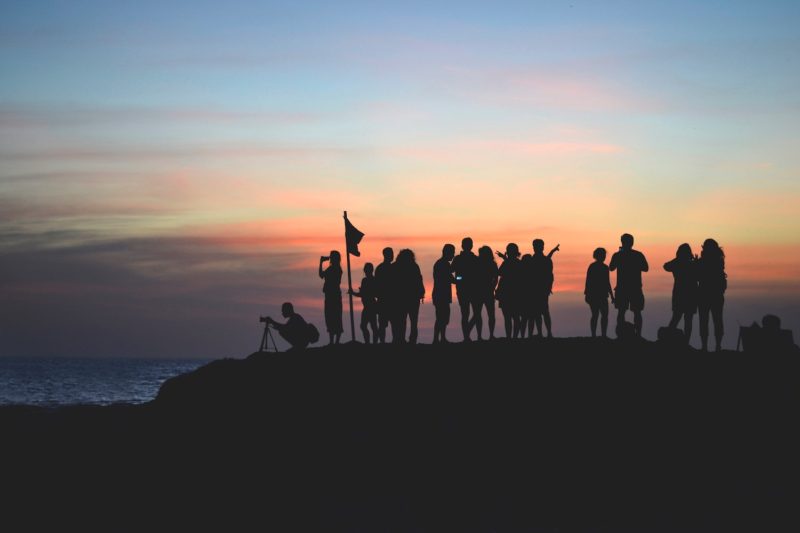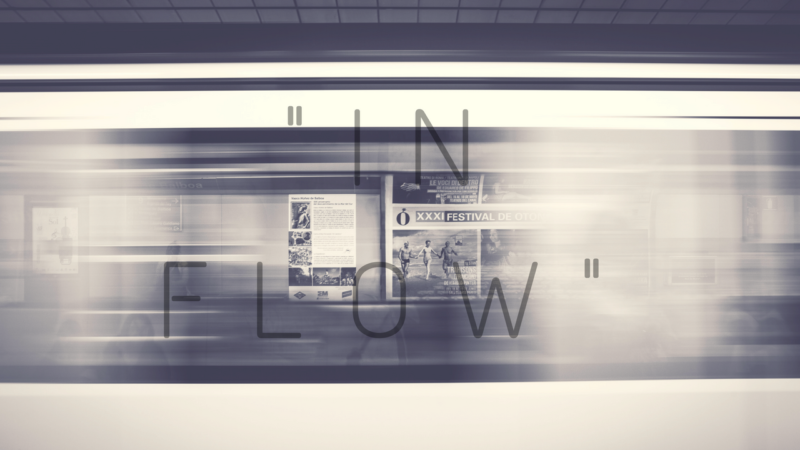In the future, where will you work?
Will you be in a healthy environment that produces good vibes — gratitude, attitude, and mood?
Forward-thinking workplace trends lead us to believe that tomorrow’s most successful organizations must embrace flexibility, commit to employee development, and demonstrate an openness to creativity.
The Success of Future Organizations
Automation is top of mind for successful organizations, but not because it’s the “formidable foe” that’s hungry for your job. Although automation eliminates the need for certain positions, it creates new efficiencies and presents people with an opportunity to be more human, to partner with technology rather than fear its presence.
This brings us to our main point: the future of work requires planning from both organizations and people if they wish to exist harmoniously with technology.
Employees must future-proof their skills, e.g., cultivate soft skills, augment certifications and degrees with project experience, and become the go-to source of specific knowledge (subject matter experts, SMEs). However, organizations have essential work to do, too.
Leaders need to attract top talent and retain personnel to drive the business. If the current workforce statistics accurately reflect future employment challenges, companies must become more than an activity — more human, and reflect the behavior of a true social enterprise.
There’s a reason our name is Designing North and why our brand promise to clients is that: it’s not a location, it’s a mindset. Because ‘designing north’ is that little bit of extra that we can all bring. We refer to it as just north of 100%. Over the years, we’ve seen what happens when a group of people with that same mindset come together over a project — the joining of the right clients, sound designers, and a useful purpose.
A Place for Positivity
The positive project experiences revealed which client organizations formed the most effective partnership. Precisely, each team understood the relationship between gratitude, attitude, and mood. That is gratitude impacts attitude which, in turn, affects mood. This relationship is now our unwritten rule for project success: show gratitude to internal and external partners, always present a positive attitude, and maintain a good mood.
A study of over 12,000 professional employees from the U.S. and Canada revealed a compelling story about employee happiness in the workplace. For example, happy employees are 98% more likely to identify with company values and 85% more efficient with their work than those who aren’t. This data supports our belief that behind a good client is a healthy internal culture and inclusive mindset. Our experiences with exceptional clients and successful project outcomes correlate three characteristics that companies can use to improve the work environment; let’s explore how they are used in the workplace.
A Place Where People Show Gratitude
Gratitude travels up and down the chain of command, but it’s most beneficial when a team of employees uses it regularly. Coworkers should appreciate one another and express gratitude for hard work. This collaboration cultivates an abundance of positivity. Don’t believe us? Just give it a try for a day.
UC Davis psychology professor Robert Emmons agrees that gratitude is essential in the workplace, and is a basic requirement for positive human interaction. Give and receive thanks at work — it’s that easy. When you do, expect the following benefits associated with showing gratitude:
Improved organizational culture — Emmons believes that expressing thanks is a remedy for the toxic symptoms teams experience.
Stronger teams — Emmons explains that showing gratitude leads to reciprocity, which strengthens relationships.
Increased motivation — People want to work for an appreciative boss, and feel better about themselves when leaders give thanks.
Organizations consistently recognized as “great places to work” are typically those that frequently understand, validate, and value outstanding work, according to The Society for Human Resource Management (SHRM).
‘In an SHRM/Globoforce survey, Using Recognition and Other Workplace Efforts to Engage Employees, 68 percent of HR professionals agreed that employee recognition has a positive impact on retention and 56 percent said such programs also help with recruitment.’
A Place That Supports a Positive Attitude
How you approach projects and interact with clients and employees matters. The relationship is part of your brand and serves as the foundation for building brand equity.
But what if we told you that our approach to success was just a different way of thinking, one that fosters extra effort, no matter the circumstance — would you give it a try? If so, start by “going positive” during the workday when faced with a challenge. Even problems arise, ask team members to take a step back, observe the situation, and inject a positive outlook or present an idea that enables everyone to see the bright side of the situation.
“Once you replace negative thoughts with positive ones, you’ll start having positive results.”
Willie Nelson
This advice is priceless for managers and organizational leaders. Choose to be positive and show gratitude for the work done by others on your team if you wish to experience positive results, is what’s being stated by the legendary singer.
The benefits of having a positive attitude surface time and time again. Client’s share their frustrations and failures during introductory meetings — this is common. Rather than fuel the fire of negativity (which strangely feels good because our brains are wired this way), we immediately introduce realistic opportunities for improvement and demonstrate how they influence success. By preventing the issue from escalating, we instantly transform the vibe to one that eases tension.
Challenges arise in every project, which is why it’s easy to lean in with pessimism and doubt. However, this mindset only reduces the team’s ability to collaborate and present quality solutions.
A positive attitude, which is fueled by expressing gratitude, sustains energy within the team environment. And energy is the common denominator for high engagement and performance. Peter Economy, Leadership author, and consultant suggests 7 Ways to Create a Remarkably High-Energy Workforce.
We absorb energy from coworkers; positive attitudes create an abundance of positive energy for everyone to consume. Successful organizations should encourage positivity and maintain an internal culture that rewards positive interaction among internal and external staff and partners.
In the HBR article titled The More You Energize Your Coworkers, the Better Everyone Performs, the following example highlights the value an organization gains from employees with a positive attitude: “she energized me because she loved her job and was, in general, a very happy person. She always came in with a smile on her face which created a positive atmosphere.”
A Place Where Mood is Meaningful
Your happiness and wellness at work are impacted by your mood — the emotional response to your surroundings. The most successful organizations craft environments that maximize a person’s satisfaction; but in the future, it will be mandatory. That is, to build high-performing teams, leaders must find, train, and retain employees who steward good mood.
UW Health psychologist Shilagh Mirgain, Ph.D. explains how others influence your happiness. She says, “How an individual feels can ripple through his or her social groups and influence how the group feels in general. In some ways, our emotional states are like a virus – we can spread the positive and negative experience to those around us, even with strangers.”
Similar to how a person consistently shows gratitude and upholds a positive attitude, a good mood requires constant work — review these tips on how to stay positive from Mirgain, Ph.D.
We know from surveying clients that expressing gratitude influences a person’s attitude and mood. We also know that successful teams cultivate inclusivity, openness, and acceptance. But why do these observations shed so much light on who people will choose to work for in the future?
We strongly believe that people want to feel good at work, they want to create a sense of purpose to justify the daily routine. A positive mood provides meaning and frees the mind to explore deeper connections that might otherwise remain unclear. Feel good. Do good. (And that doesn’t just mean M&Ms in the kitchen, and pool tables in the break room anymore.)
The Takeaway
In the future, when work and the concept of living well are joined at the hip, the most successful companies will enthusiastically embrace a culture defined by gratitude, positive attitudes, and a good mood. Mainly because gratitude and appreciation contribute to the kind of workplace environments where employees want to come to work and don’t feel like cogs in a machine, oh, wait, does that sound like your current relationship with work? If so, it’s time to re-think who you work for and why. Go ahead, set your sights on the trifecta of positivity; you are destined to experience the benefits.
The future employee won’t accept anything less — will you?
